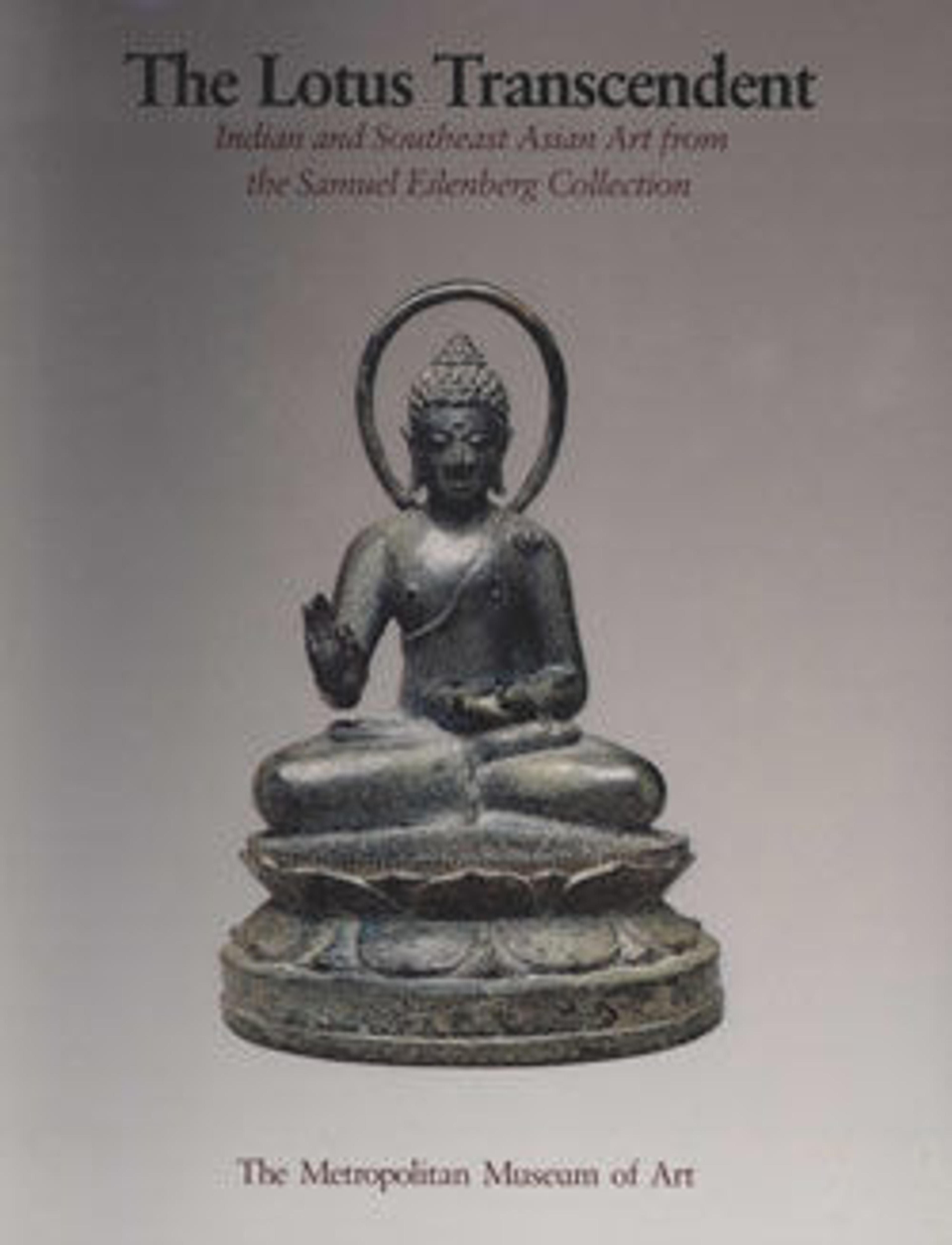Top of a Bell in the Form of a Demon King or Guardian
This finial from a hanging bell takes the form of an unusually lively and finely modeled rakshasa—a demon king or guardian. He is depicted as a short, potbellied grimacing creature with fangs and large bulbous eyes and a serpent emerging from each armpit. A curved broad chopper is held in his right hand, and his left is placed behind the neck of a hapless victim with bound hands who is seated in front of him. The hair is pulled back and arranged in a loop to allow for the attachment of a suspension chain.
Ferocious creatures of this sort were popular participants in Javanese mythology and literature and appear often in the art of the Eastern Javanese period. Their association with bells is not uncommon.
Ferocious creatures of this sort were popular participants in Javanese mythology and literature and appear often in the art of the Eastern Javanese period. Their association with bells is not uncommon.
Artwork Details
- Title:Top of a Bell in the Form of a Demon King or Guardian
- Period:Eastern Javanese period
- Date:ca. second half of the 12th–early 13th century
- Culture:Indonesia (Java)
- Medium:Bronze
- Dimensions:H. 4 15/16 in. (12.5 cm)
- Classification:Sculpture
- Credit Line:Samuel Eilenberg Collection, Gift of Samuel Eilenberg, 1987
- Object Number:1987.142.17
- Curatorial Department: Asian Art
More Artwork
Research Resources
The Met provides unparalleled resources for research and welcomes an international community of students and scholars. The Met's Open Access API is where creators and researchers can connect to the The Met collection. Open Access data and public domain images are available for unrestricted commercial and noncommercial use without permission or fee.
To request images under copyright and other restrictions, please use this Image Request form.
Feedback
We continue to research and examine historical and cultural context for objects in The Met collection. If you have comments or questions about this object record, please contact us using the form below. The Museum looks forward to receiving your comments.
